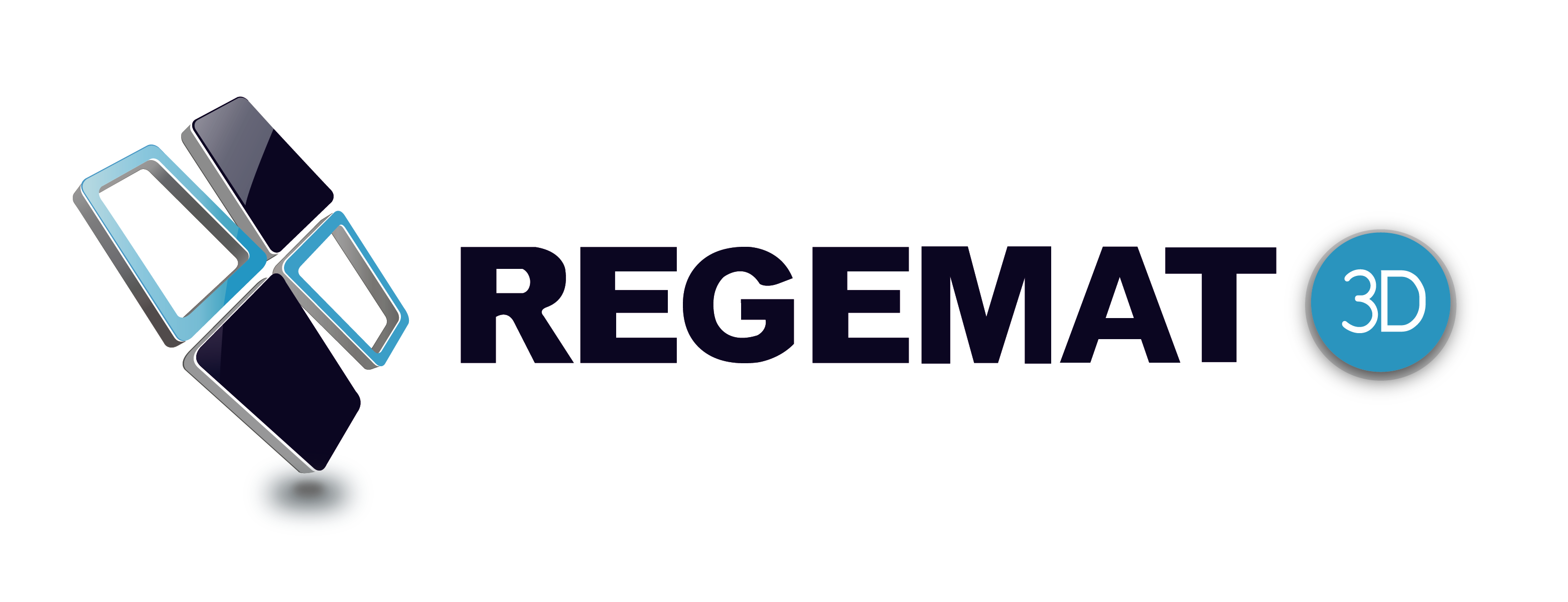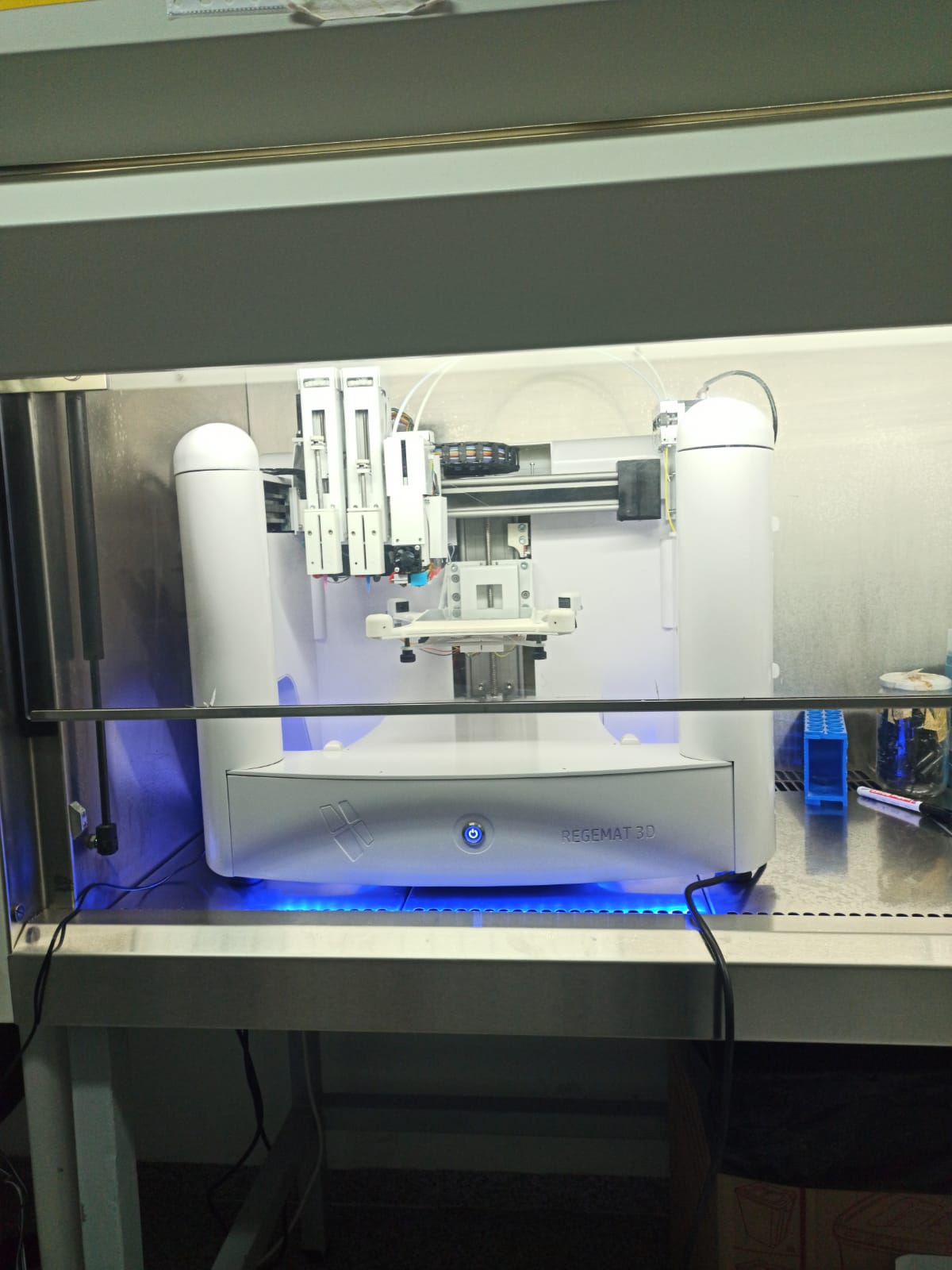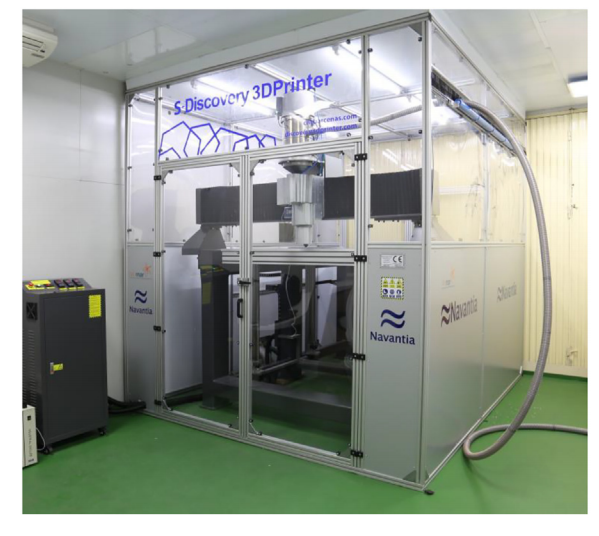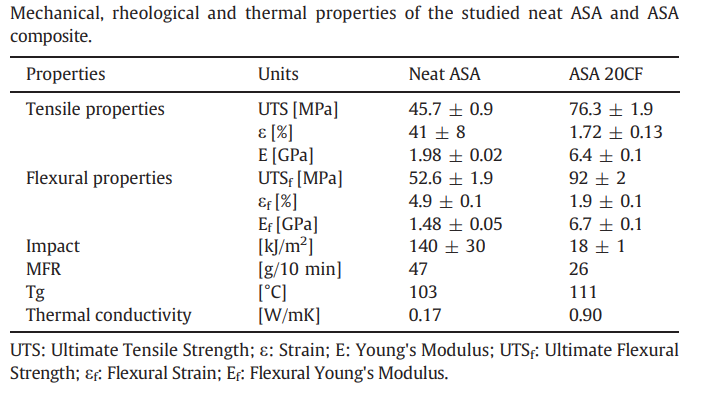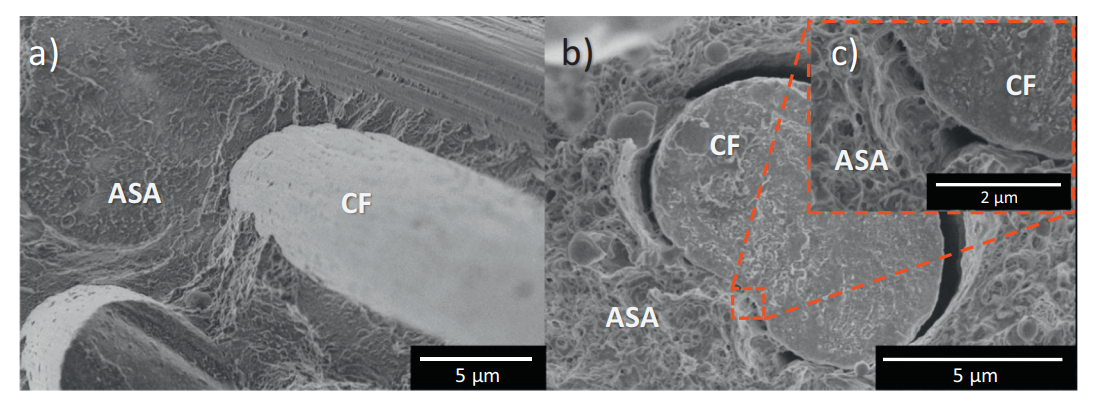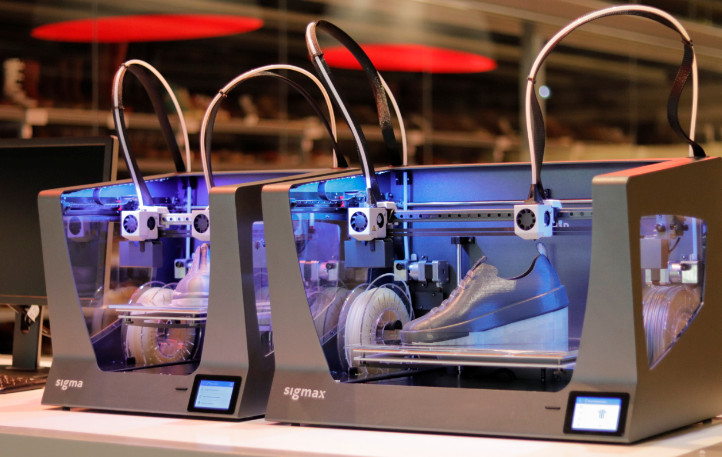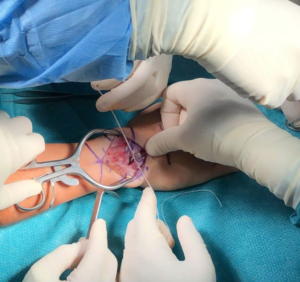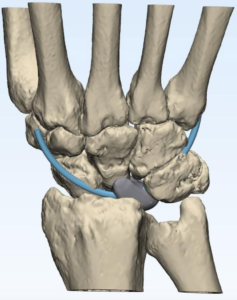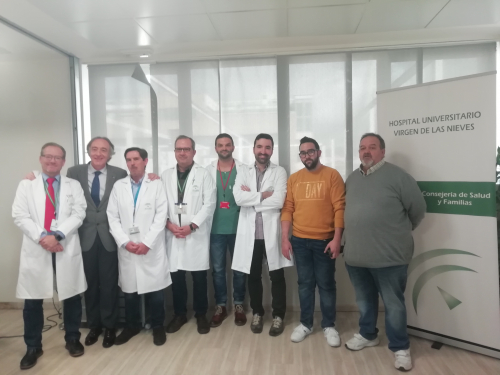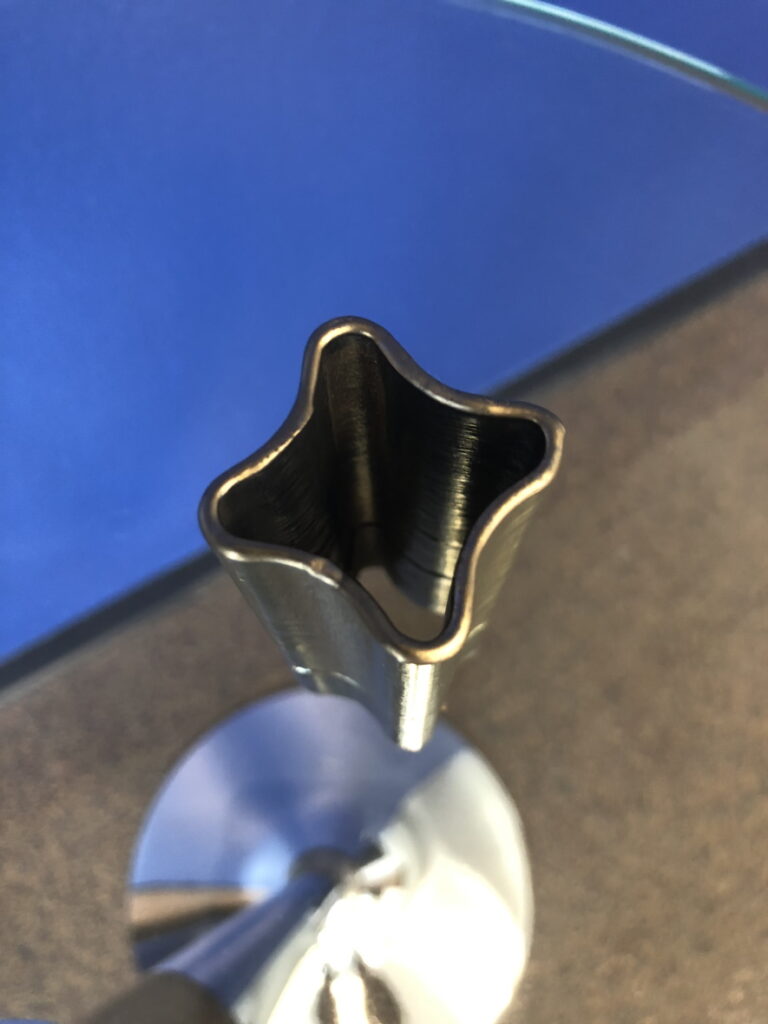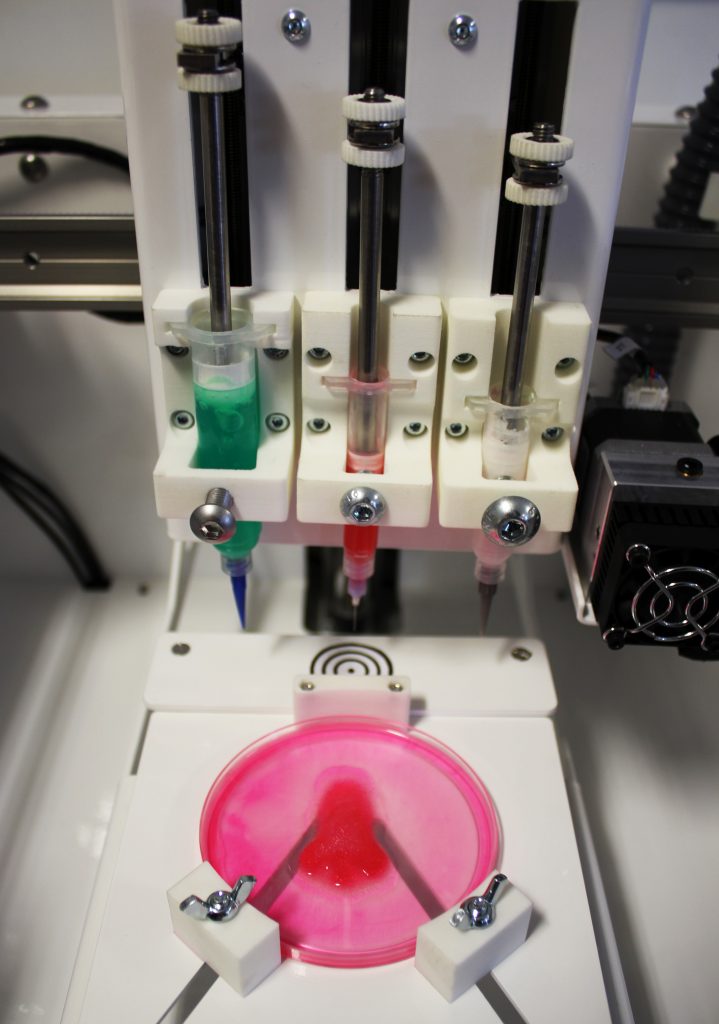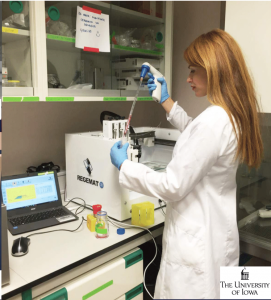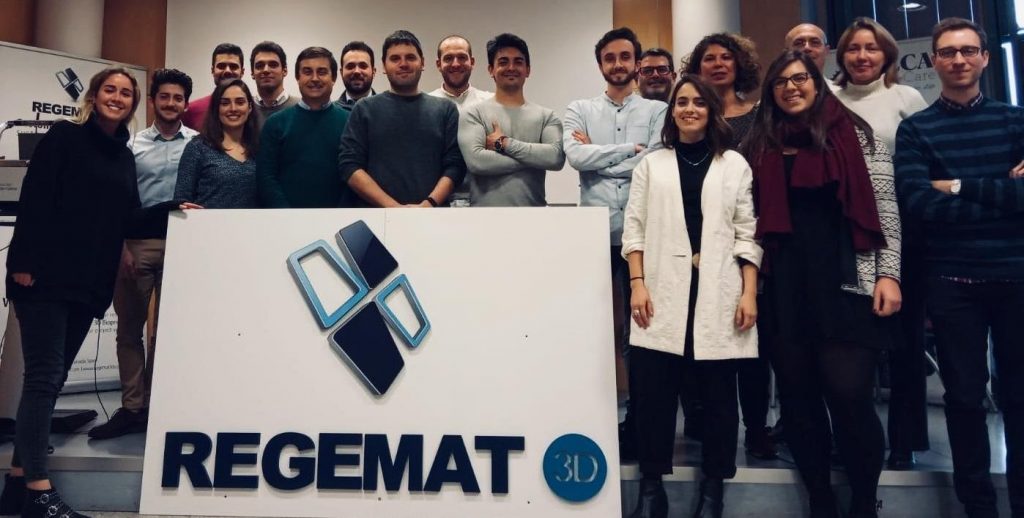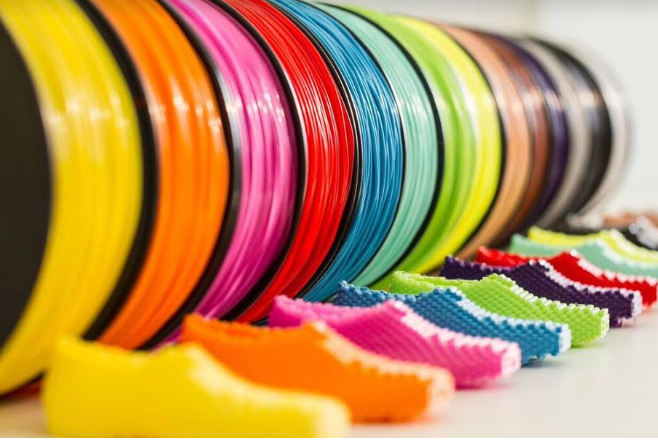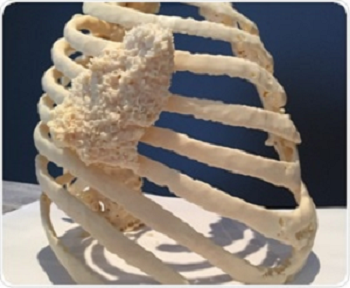One of Spain’s leading biotech companies, Regemat3D, has been developing custom biofabrication systems and regenerative medicine solutions since 2011 to fulfill unique research requirements and offer customized solutions for patients’ needs. Now, the Granada-based startup has launched a new service to produce bioreactors for maturing tissues.
The bioreactors are called Bmap’s, which is short for bioreactors that mimic anatomy and physiology, and are expected to satisfy the demand of a large number of users that require them for growing organisms under controlled conditions. In fact, the demand for these devices has grown significantly in the past years, and Regemat3D plans to develop these mechanobiology devices to create functional tissues for the dynamic 3D culture that uses bioprinting methods, offering a favorable environment for increased growth and proliferation of cell cultures and extracellular matrix (ECM) production.
José Baena, Spanish entrepreneur and founder of Regemat3D said of the new initiative: “The potential of bioprinting is immense, but the industry is missing one part of the procedure, the maturation. A 3D printed scaffold with cells is not a tissue, we need a maturation procedure in a bioreactor in order to promote the tissue formation.”
Regemat3D’s premise has always been to “do not adapt your research to a device.” In fact, the company’s engineers will adapt the device to a customers’ particular research so that they can have better outcomes. The company claims that the selection of the right ingredients or bioinks and bioprinting procedure will be very important in the success of the creation of functional living tissues. However, Baena suggests that “if we think about bioprinting as a technology to recreate all the structures in the same form as shown in living tissue, we are going to fail.” Further highlighting that scientists need to think about bioprinting as a way of creating cell-laden 3D constructs as a precursor to functional tissue, while the maturation and tissue formation process will be as important or even more so than bioprinting.
According to the company, their environment-controlled bioreactors provide optimal nutrients and gases to growing cells and also trigger cellular mechanotransduction signaling pathways to stimulate tissue remodeling onto 3D scaffolding. The systems integrate sensors and actuators to control parameters, such as CO2, pH, humidity, and O2 to apply mechanical signals, like traction, compression, shear stresses, light, and ultrasound.
“The lack of tissue regeneration in human beings, the deficiency of allogeneic transplants and the higher mortality rate of people with organ dysfunction as we see these days with COVID-19, make the creation of functional tissues in the laboratory one of the most important problems for humanity right now,” indicated Baena. “We also need tissue samples that replicate human histology to develop new drugs faster, cheaper and without the use of animal models. However, the results obtained are still less than desired. Even though, the variety of commercial systems now available to researchers has increased, as well as the number of publications, the results obtained are still far from true clinical applications.”
Moreover, Baena describes that “a common misconception that the industry has is the belief that we need to directly create functional tissue, but in reality, we are creating a matrix loaded with cells. The key here is to make these cells behave as they do in vivo and to promote the creation of functional tissues, which requires defining the right biofabrication and maturation strategy.”
Thereby, Regemat3D experts believe that in order to create living tissue, both the bioprinting process and the maturation of the construct are crucial. Recreating human adult conditions in the lab or the stimuli that occur during embryogenesis will move the results of tissue engineering closer to clinical applications.
The entrepreneur also pointed out that real-life experience helps researchers understand that mechanical stress distribution is crucial as a stimulus to create the right tissue. Thereby, he considers the selection of the right ingredients and the bioprinting procedure as a very important part of the success of creating functional tissues, and the maturation procedure applied to the 3D cell-laden constructs even more important.
“This approach will open a wide research area for tissue engineers to develop protocols with different stimuli to create functional tissues, either using direct or indirect bioprinting methods, such as using molds as temporal containers, fiber structure holding loads and a cell-friendly matrix, even adipose tissue containing blood vessels allowing the generation of functional, vascularized and ready to use tissues and organs.”
The new custom device provided by the company will address a broad range of tissue engineering processes and cell culture applications including that of single cells on microcarriers and slow-growing cell types with unsurpassed cell quality. Regemat3D expects their systems will accelerate cell growth, differentiation, and cell proliferation, mimicking native ECM in homogenous cell culture at the surface and core of the 3D scaffolds creating functional new living tissue.
The company also expects it will be used by research institutes, hospitals, biotechnology and pharmaceutical companies in a wide range of applications, such as bone regeneration, biomedical testing, adipose tissue for breast reconstruction, bone marrow stromal cells, cartilage regeneration, heart patch research, co-culture human fetal mesenchymal stem cells (hfMSC) and co-culturing with endothelial progenitor cells (EPC), and even stem cell expansion.
One of Regemat3D’s case studies involves a patented bioreactor, the Bmap Knee, that reproduces the in vivo conditions of the knee to generate functional cartilage, controlling the parameters, like the temperature. While another bioreactor, the Bmap Artery, mimicks in vivo conditions to generate functional arteries in vitro, controlling parameters such as flow and rotation for cell adhesion. Both of them are available via Regemat3D’s online shop, along with other customized bioreactors that the company is fully ready to develop.
With so much work ahead for researchers in the field of biofabrication and enough pressure surmounting from the public to find novel solutions to common problems and diseases, perhaps devices like Regemat3D’s bioreactors could eventually help improve the lives of millions of people. Baena considers “it’s worth the time and effort.”
The post Regemat3D Launches its New Bioreactors for Maturing Tissues appeared first on 3DPrint.com | The Voice of 3D Printing / Additive Manufacturing.

